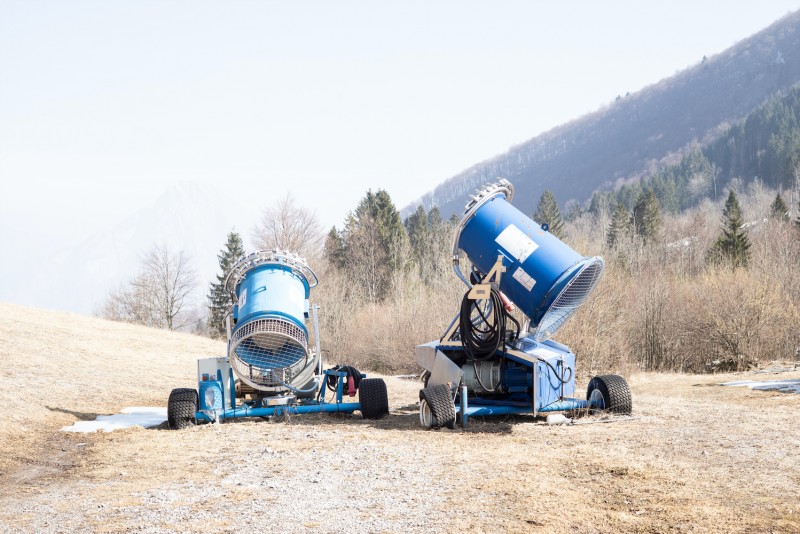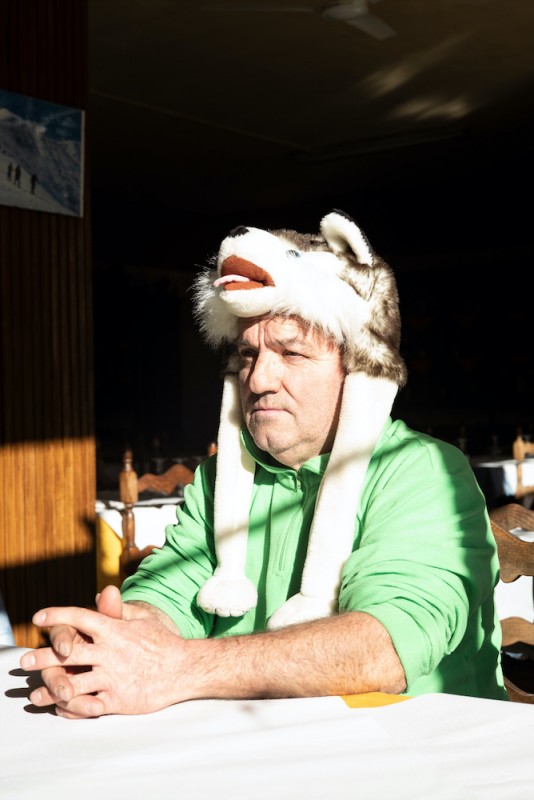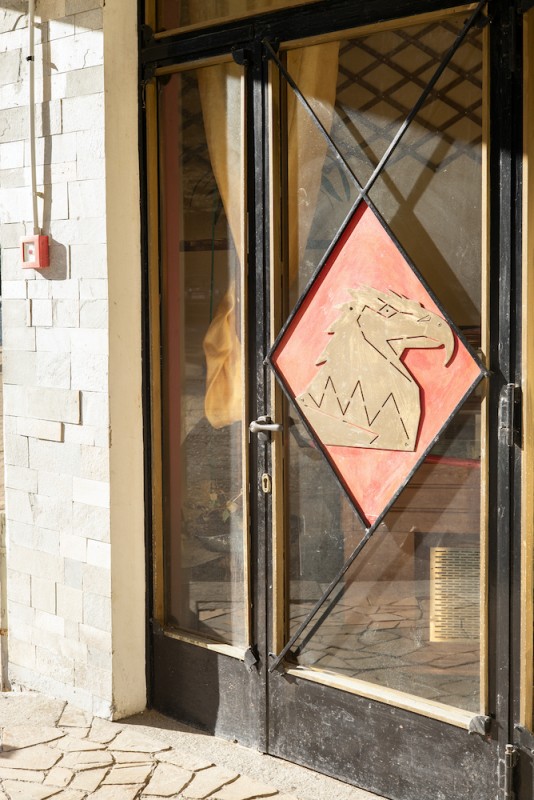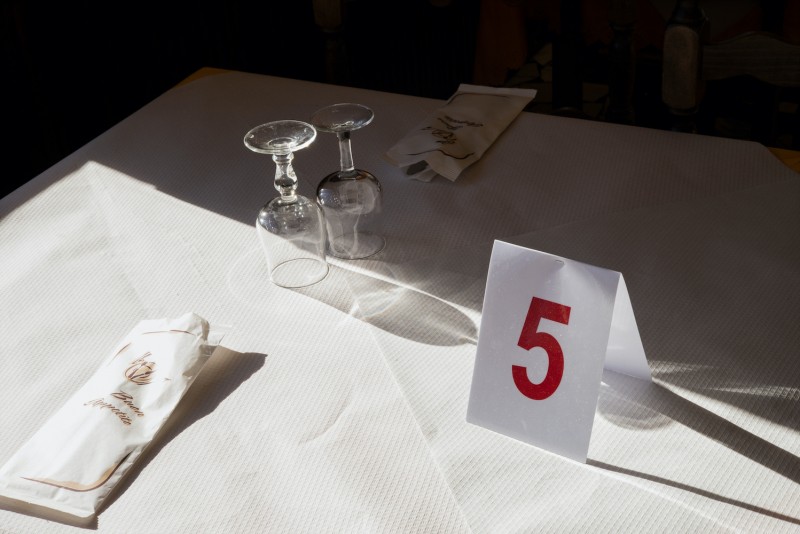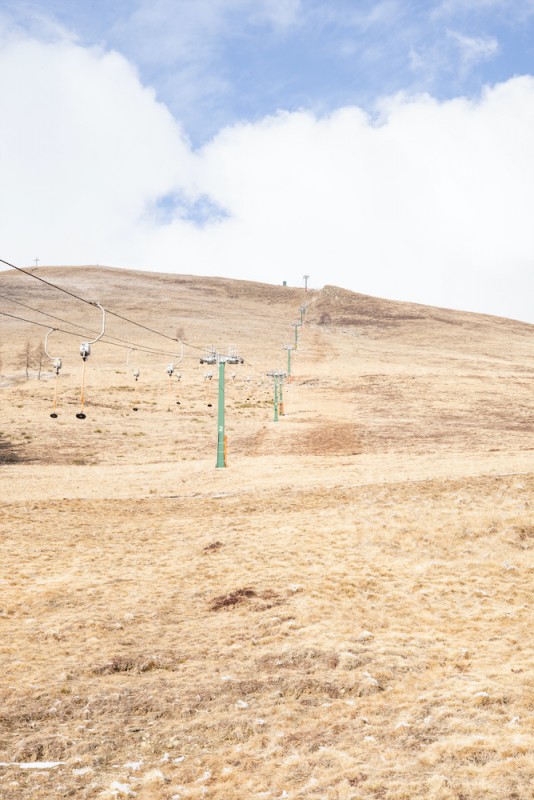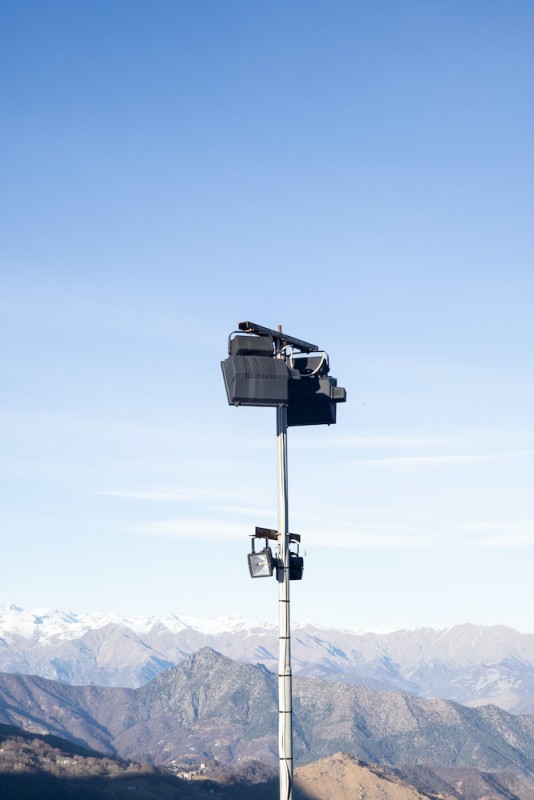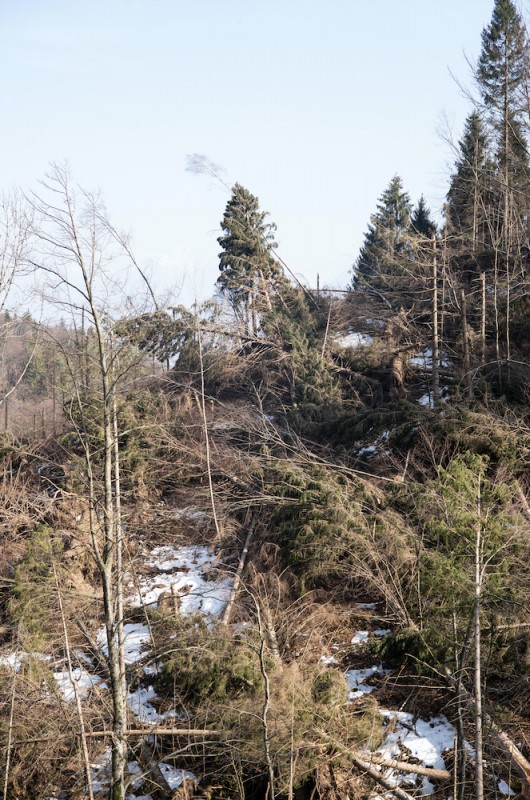Seduced and Abandoned
Seduced and Abandoned
Tomaso Clavarino
September 10, 2020

LFI: How did you become interested in this topic? What is your relationship to it?
Tomaso Clavarino: Since I was young, despite living in a city, my environment has always been the mountains, and especially the Alps. I started skiing at age 3, then mountaineering, rock climbing, and so on. It is an environment I know very well and I've seen it changing over the years: many small resort have closed; the industry has changed; and the impact of climate change on the Alps is even more visible than elsewhere. In the past I've been working abroad, but in recent years I’ve tried to focus my projects and my work on issues closer to me. Climate change and its effect on the Alps is, of course, one issue that touches me quite a lot.
In general, you seem to deal frequently with socially relevant topics.
I like to work on issues that make us think and ask questions. I started working as a classic photo reporter, some years ago, focusing on conflicts and human rights; but then I realized that what I was interested in producing in-depth projects with a more authorial approach – in a sense, moving away from the classic canons of photojournalism. And dealing, in particular, with topics that can have a social relevance for our contemporary society.
How would you describe your style of photography?
That's a tough question! My roots are in photojournalism, but my practice keeps on changing and evolving. I hope it will continue like this for many years, as I really like to work as a photographer with the freedom to shape my practice and photography style, according to the different subjects I'm working on. It’s about experimenting, learning, trying, and also making errors and failing. So going back to your question, I would say that I'm a "classical" documentary photographer, with a straight, clean and somehow delicate style. Of course there are influences, from Italian Masters to more contemporary photographers, but I always want to give my personal view and build my own narration, trying to be as free as possible and to have has as few mental and stylistic barrier as possible.
What are your next projects?
At the moment I'm working on two books and on some exhibitions. The first book will be from my Ballad of Woods and Wounds project, developed during the lockdown. It comes out mid September, and will be a dialogue between my photos and the illustrations of a young Italian illustrator, Patrizio Anastasi. The other, much more complex book, is from my four years project, Padanistan, a personal trip along the Padania region in northern Italy. It will be exhibited in Cortona on the Move Festival in 2021, as the winner of their annual Open Call. It will also be at other venues, and by next spring I hope we will be able to release it as a book. At the moment I'm more focused on work and projects for festivals, museums and venues; but of course I will keep producing for magazines too, despite the uncertainty of the global situation at the moment and the limitations on travelling. (Interview: Denise Klink)
All images on this page: © Tomaso Clavarino
Equipment: Leica M-P with Summicron-M 35/2, Summicron-M 50/1.4, APO-Summicron-M 90/2
Tomaso Clavarino+-
Born in 1986, Tomaso Clavarino is a photographer and director based in Italy. His work has been published by several newspapers, magazines and media outlets, such as Vogue, Newsweek, The New York Times, Der Spiegel, Vice, Vanity Fair, and so on. In parallel with his works for media outlets, he pursues more personal and intimate projects, that have been exhibited and screened at galleries, institutions such as the European Parliament, and major festivals, worldwide. Over the years he has received several grants from foundations such as the Pulitzer Center, and the European Journalism Center – Bill&Melinda Gates Foundation, and also collaborates with institutions and museums. He is co-curator of JEST, Independent Space for Photography in Torino, and Professor at IED (European Institute of Design). Clavarino’s work is represented in Italy by Gallery Studio Faganel in Gorizia. More

